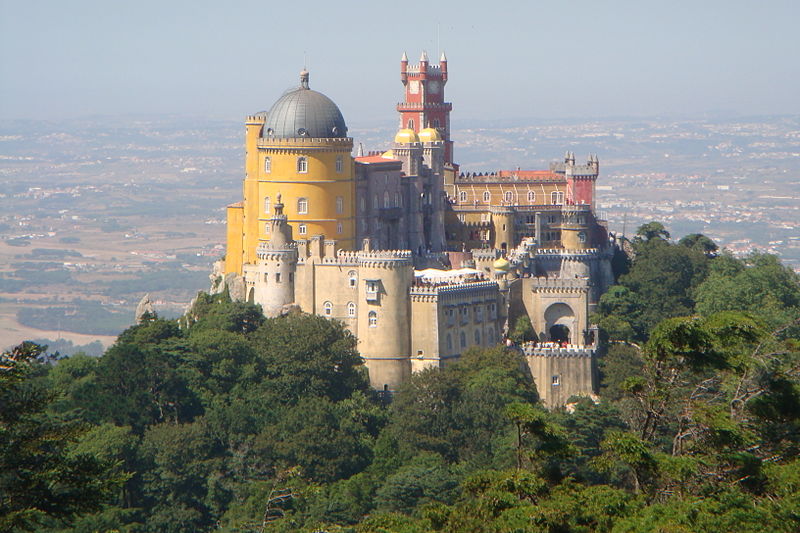Based on the ratings on Trip Advisor, this small, fairytale-like city barely gets a mention when compared to fancy places in Spain like Barcelona, Seville, Madrid, and Salamanca. It is located near Toledo, a rustic city that has Christian, Eastern, and Moorish influences; however, Consuegra is known for its authentic windmills that appear in Don Quixote.
- “At this point they came in sight of thirty forty windmills that there are on plain, and as soon as Don Quixote saw them he said to his squire, "Fortune is arranging matters for us better than we could have shaped our desires ourselves, for look there, friend Sancho Panza, where thirty or more monstrous giants present themselves, all of whom I mean to engage in battle and slay…”
--Don Quixote, Miguel Cervantes, Chapter Eight



The actual city and its surrounding area houses 10,923 people, but most of it looks as deserted as a ghost town (at least when I drove through it). The 16th century windmills and the 12th century castle dominate the empty landscape and rise from Cerro Calderico hill like proud, forgotten protectors of La Mancha. Eleven windmills remain (although there were originally thirteen) and each has a unique, Spanish name (i.e. Espartero). During the early medieval times, the blustering wind whipped the hill and farmers used this natural energy to grind their grain in the mills. Standing on top of the high plateau, the only thing visible is rolling hills, grasses, and saffron plants (in autumn); it looks like modern civilization has yet to change the sleepy feel this town emanates. The cylindrical white windmills topped with pointed, blue roofs are made of wood (as well as the spinning turbines). Although the turbines are not used for any purpose today, they still lazily rotate when days are especially gusty.

|
| Random guy I saw playing his bag pipes by the windmills.... |

|
| View of Consuegra from the Castle |
The 12th century castle, which is currently being restored, was damaged in 1813 during a war between France and Spain. However, sources say that this military fortress was perhaps originally built by Trajan, a Spanish Roman Emperor who conquered the Dacians. The large, monumental stones are roughly cut, and in some places, whole sections of wall are crumbling. There is a chapel, ancient candelabra, and a rickety staircase that leads down into a large hall. Although the view of Consuegra was great from the top of the castle, it was slightly creepy because my father and I were the only ones exploring the deserted ruin. From the highest point, the sprawling houses and miles upon uninterrupted miles of brown grassland dominated the view.


Because I bought the ticket to the castle, I was also able to walk around one the windmills! Inside, it was small and cramped; the staircase was very narrow and steep. At the top was a wooden wheel dangling over a brick grate surrounded by rusty metal on all four sides (used for grinding wheat?). There were also tiny, misted windows that dimly let the light into the circular room. Overall, I would recommend researching or visiting this place because it was unique and was a respite from the busyness of Madrid and the confinement of Toledo!

|
| Stunning view from the window |




